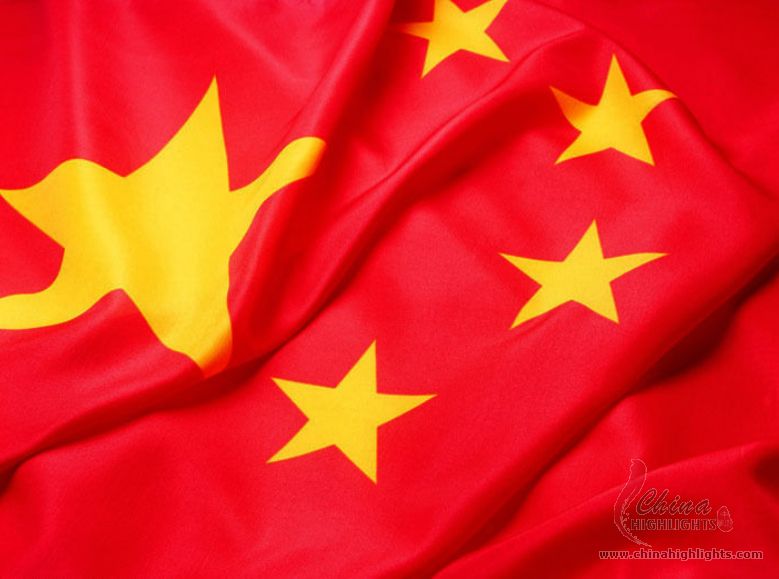We are well used to showbiz personalities and politicians being put under a constant media spotlight. Their every personal failing and peccadillo broadcast for the amusement, titillation and schadenfreude of the avaricious and unforgiving mass media audience.
But now it would appear that the same harsh light is being focused on our public service and corporate leaders. At least when it comes to their behavior when faced with a crisis which has public implications or, at least, a cloak of public interest to justify a media feeding frenzy.
Three recent examples underscore the need for public service and corporate leaders to be very aware of their public image at times of potential, developing and actual crisis.
They are crucifixion of Christine Nixon, the disgrace of former DJs CEO Mark McInnes and the public pillorying of BP CEO Tony Hayward.
Granted the later has either knowingly, or arrogantly, managed to cover himself in glory in inverse proportion to the amount of oil covering the Gulf of Mexico. However he still stands as a clear object lesson as to the perception of the required public action of a CEO dealing with such a catastrophe.
Either he is incredibly insensitive or just plain could not care less how he is perceived, or both. How else could one explain comments such as “I just want to get my life back” and “we care about the little people ” and actions such as leaving the crisis scene to go sailing on his multi-million dollar racing yacht, whilst wearing a Rolls Royce cap. Of all things, sailing!
It cannot be possible that he is taking the advice of any corporate communications advisor worth their salt (no pun intended).
He may not be able to do much about the spill personally by remaining on site and he may well have able lieutenants dealing with it as best they can but, the perception of not being there and of not caring is intensely negative. A commander is expected to be at the battlefront and in charge, not away on a far hill, or further. In the modern warfare analogy this may not actually be the case but it does not change the expectation and most importantly, the perception.
This is where Christine Nixon got into trouble.
No one doubts her empathetic skills, her genuine concern or her dedication to repairing the damage of Black Saturday. The problem came from a perception that she should have realized that there was a developing catastrophe and been there as it unfolded. What difference it would have made is a moot point. The point is she should have known that people would be expecting her, as a leader, not to leave the post in such a time of crisis.
Error of judgment or lack of true understanding of how the community perceives leadership and expects of its leaders? Again possibly both.
In Mark McInnes’ case the term ‘error of judgment’ is the best construction that can be put on events as they were disclosed.
Leaders are the culture setters in their organization. If they cannot discern the difference between appropriate and inappropriate behavior what chance the ‘little people’?
The days of sweeping such indiscretions under the plush carpet are well and truly over. Particularly when the media love to feed off such salaciousness. DJs did the right thing and had no choice but to say goodbye to their CEO.
Experienced communication advisors, often dismissed as spin doctors, are critical in dealing with public perception and expectation issues at times of crisis. They should be setting the clear guidelines, even for the CEO and Board (perhaps particularly for them) as to how the company communicates and what image it projects. CEOs who ignore such advice do so at the peril of their personal and their company’s public image.
Finally, just because I have used a military analogy and to prove that all leaders need to be aware of the harshness of the media glare, General Stanley McChrystal shoots his mouth off. All too human but not what is expected of such a leader. Result? He got sacked.



